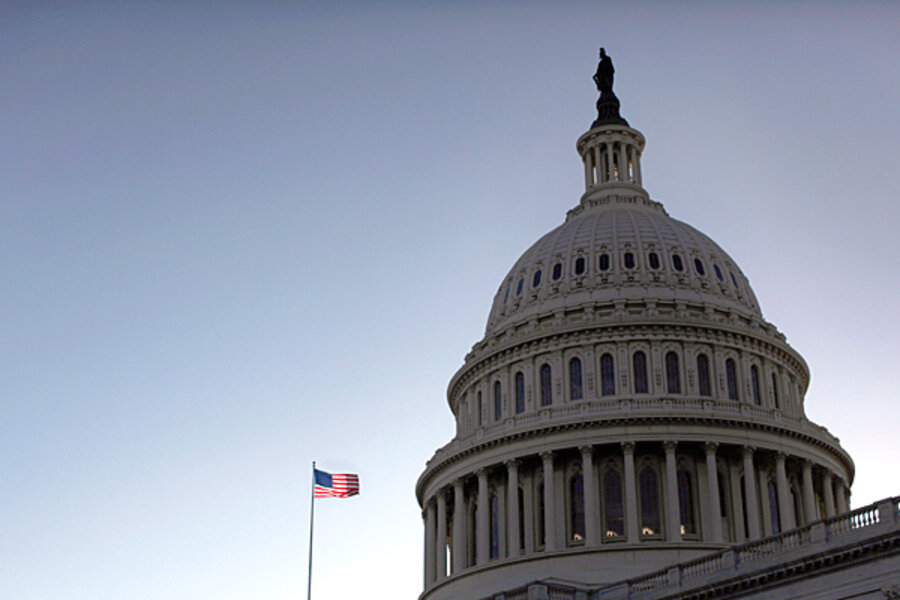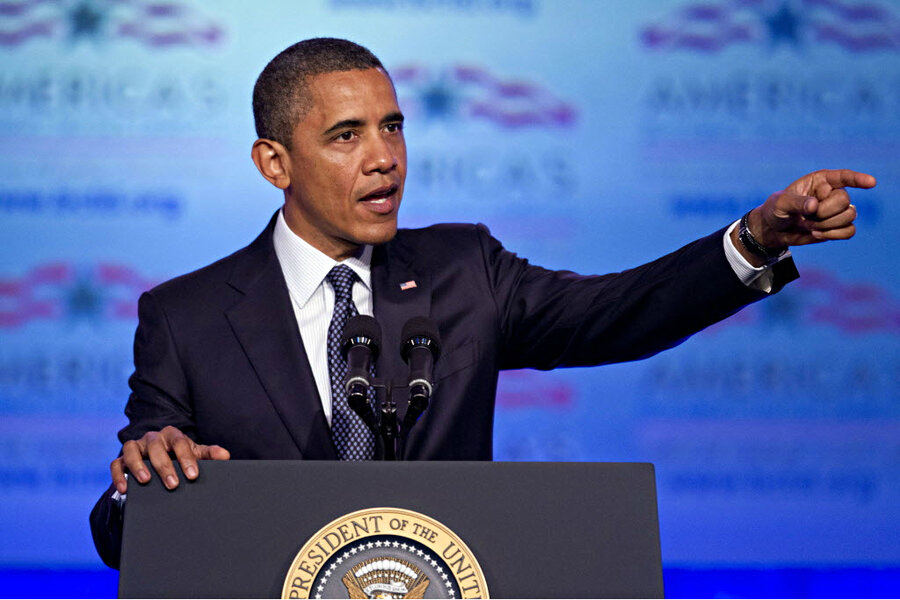Strange to start a list of problems with Congress by pointing the finger at another branch of government, perhaps. But one of Congress’s main problems is a lack of presidential leadership: For better or for worse, the president is a major part of the national political agenda.
“The president is always the leader,” said former Rep. Dan Glickman (D) of Kansas, who also served as Agriculture secretary in the Clinton administration and as chairman and CEO of the Motion Picture Association of America. It’s up to the president to set “where the direction of the country is going to go. The Congress may tinker with it or Congress may stop it. We can’t talk about the Congress without talking about the president.”
Just like members of Congress, presidents often seek advantage by campaigning as “outsiders” untainted by time in Washington, D.C. While that doesn’t mean presidents can’t be effective working with consummate insiders, what Congress needs is a president with a plan. Without an executive branch keyed in to working with Congress, the potential for politically perilous legislation to cross the finish line with the president’s signature fades to black.
President George W. Bush and President Obama both came to Washington hoping to change Washington’s culture, says former Rep. Vin Weber (R) of Minnesota, now a top lobbyist and a GOP fundraiser. They just went about it the wrong way.
“They thought they could do it through force of personality,” Mr. Weber says. "You’ve got to have real honest-to-God political skills, and you have to work it every day.
"The next president has to realize, 'This is a nitty-gritty political problem, and I have to put together real plans to achieve bipartisanship,' " he adds.
The president who got this right? “We achieved a great deal under Bill Clinton,” Weber says. “It wasn’t because there wasn’t partisanship. But Clinton understood how to work the process.”







